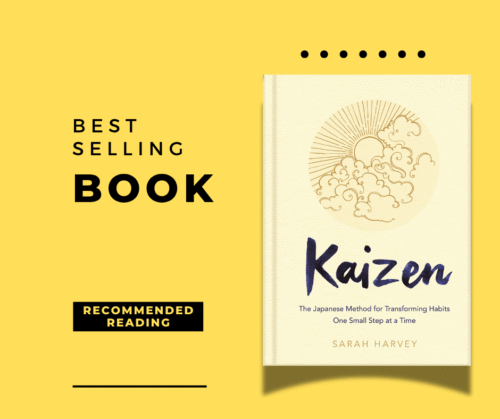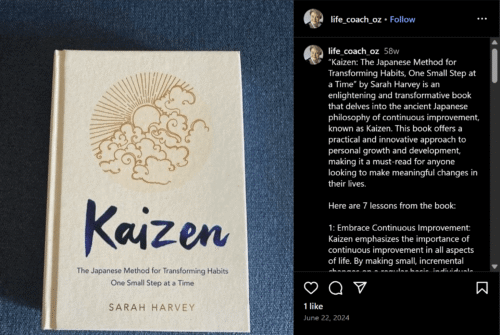
Alright, gentlemen, huddle up. Put down the remote, step away from the grill, and for the love of all that is holy, ignore the siren song of that YouTube video on how to build a flawless dovetail joint. We need to talk. We, the fathers of the 21st century, are being sold a bill of goods. We’ve been handed a script for “The Good Dad” that requires the patience of a saint, the energy of a toddler on a Pixy Stix bender, and the emotional intelligence of a Brené Brown TED Talk. We are, to put it mildly, set up to fail.
We are victims of what Nassim Taleb would call a reverence for “Extremistan”—a world of dramatic, sweeping narratives. We see the Instagram dad who built a two-story treehouse and the LinkedIn dad who seamlessly balances a CEO position with coaching little league, and we believe this is not just possible, but expected. We forget that the reality of fatherhood exists in “Mediocristan”—a land of relentless, grinding, beautiful, and mind-numbing repetition. It’s a world of finding lost shoes, negotiating with tiny terrorists over broccoli, and trying to remember if you showered today.
Enter an unlikely source of salvation: a book about an ancient Japanese philosophy discovered by a burnt-out Londoner. The philosophy is Kaizen, and its core principle is so offensively simple it feels like an insult to our grand, self-flagellating ambitions. It suggests that instead of trying to be the perfect father overnight, you should just try to suck a little bit less, one microscopic step at a time.

This isn’t about a life-altering transformation. This is about subterfuge. It’s a way to outsmart your own exhausted, overwhelmed brain that screams in protest at the thought of adding one more thing to your plate. The changes Kaizen advocates for are so laughably small that your inner critic—the one that sounds suspiciously like your own father telling you to “man up”—won’t even notice. Want to be a more “present” father? Don’t schedule a three-day camping trip. Just put your phone in a drawer for the first ten minutes you’re home from work. Want to connect with your kid? Don’t try to have a deep conversation about their feelings. Just read one extra page of The Very Hungry Caterpillar without faking a yawn.
It’s a brilliant bit of psychological jujitsu. You’re not trying to reform your own habits, a task Mark Twain rightly noted is second only to the futility of reforming anyone else’s. You’re just laying a series of tiny, almost invisible booby traps for your own inertia. You’re making one more peanut butter sandwich, cleaning one more spill, answering “Why?” one more time. You are building, through a series of continuous, infinitesimal wins, the momentum to not be a complete train wreck.
Let’s be clear. This Japanese wisdom is mostly stuff our grandfathers did without needing a fancy foreign word for it. They called it “doing your damn job.” But we, in our infinite sophistication, apparently need it repackaged as an exotic philosophy to give ourselves permission to be merely adequate. It calls to mind another of Twain’s timeless zingers: “Man is the only animal that blushes. Or needs to.”

So, is Kaizen the secret to becoming the dad you dreamed of being? Don’t be ridiculous. The secret to being a good dad is that there is no secret. There is only the relentless, unglamorous, and deeply necessary act of showing up. This book doesn’t give you answers, but it does something far more valuable: it takes away your excuses. It confronts you with the absurdity of your all-or-nothing thinking. It’s not a guide to becoming a new man; it’s a manual for making the man you are—the tired, stressed-out, winging-it-every-second man—just a tiny bit better.
A Practical Demo Application of Kaizen for Dads
Now, because I know that thinking “this sounds great” is usually followed by the paralyzing terror of “what do I actually do,” I’ve put together a simple demo concept of this in action. A “Kaizen for Dads” framework, if you will. Think of it as a blueprint for tricking yourself into competence. If that sounds like something you desperately need, then your first small step is obvious: buy the actual book, Kaizen by Sarah Harvey. I’m not here to hold your hand through the whole process.
改善 Kaizen
Small Steps, Big Changes
Life Inventory
Take an honest assessment of your current habits and environment. Rate each area from 1-10 based on your satisfaction.
Choose Your Focus Area
Rather than trying to change everything at once, pick one area to focus on. Start where you can make the most impact or need the most support.
Set Your Kaizen Goals
Your Goals
Track Your Daily Progress
It takes time to form a habit. Be patient with yourself and celebrate small wins.
Get Tooling
Your second step is to get a tool. For those of you who can’t function without a digital appendage, an app like Todoist is perfect.

You can literally schedule a recurring daily task called “Don’t look at phone for 5 minutes when I see my kid” or “Put one dish in the dishwasher.” The sheer pathetic smallness of the task is the whole point.
For the Luddites among us, buy a cheap notebook and a pen. A physical journal works just as well. The goal is to make these tiny intentions tangible so they don’t get washed away in the daily tidal wave of chaos.
Now stop reading this. Go tell your kid a terrible dad joke. It’s a start.
